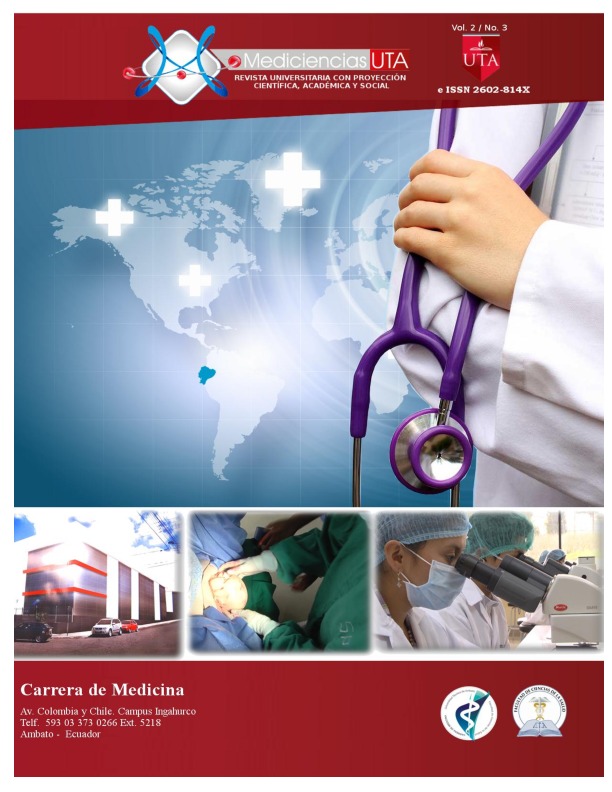Laparoscopic coledocoduodenosanastomosis in coloedocolitiasis, 10 years experience
Main Article Content
Abstract
Introduction: Choledocholithiasis has an incidence of 8 to 18% in those undergoing cholecystectomy for acute or chronic cholecystitis between 1-2% of all patients undergoing cholecystectomy have residual stones in the common bile duct, it is the second cause of admissions in the Ecuador and the first cause of morbidity for women, pancreatitis occurs in a 9.64%, but cholangitis choledocholithiasis by represents 85%.
Objective: To evaluate through the review of case histories for a period of 10 years (2006-2016) the evolution and complications of the treatment of the choledocholithiasis via laparoscopic in the General Hospital Enrique Garcés of the city of Quito.
Material and methods: a retrospective descriptive study during the period 2006-2016 was undertaken to assess the evolution and complications of patients with diagnosis of choledocholithiasis undergoing surgical treatment for laparoscopic surgery, at the Hospital General Enrique Garcés of the city of Quito. Descriptive statistical methods were used.
Results: 126 patients undergoing coledocoduodenoanastomosis laparoscopic (27%) of the total of 451 patients with choledocholithiasis is evaluated. The average age was 60.3 years, with a 60.8% of women. 79.3% presented choledocholithiasis and calculation of more than 1, 5cm, lithiasis being removed during surgery in 42.2%. The average surgical time was 120 -150 minutes. The main complication was the controlled bile leak (21%), with closing I spontaneously within 30 days. So far there are reports of stenosis of anastomosis. The laparoscopic coledocoduodenoanastomosis demonstrated to be safe, effective, and have advantages over the open approaches, provided a proper patient selection is made and you have experience in the advanced laparoscopic techniques, which It allowed to reduce complications in the long term with which this procedure has been stigmatized, and in turn has greater advantage over different laparoscopic anastomosis coledocoyeyuno or the hepaticoyeyuno anastomosis.
Conclusion: Laparoscopic coledocoduodenoanastomosis showed good results as a treatment of the choledocholithiasis unresolved by other procedures, with favorable evolution of patients and early incorporation into their daily lives.



